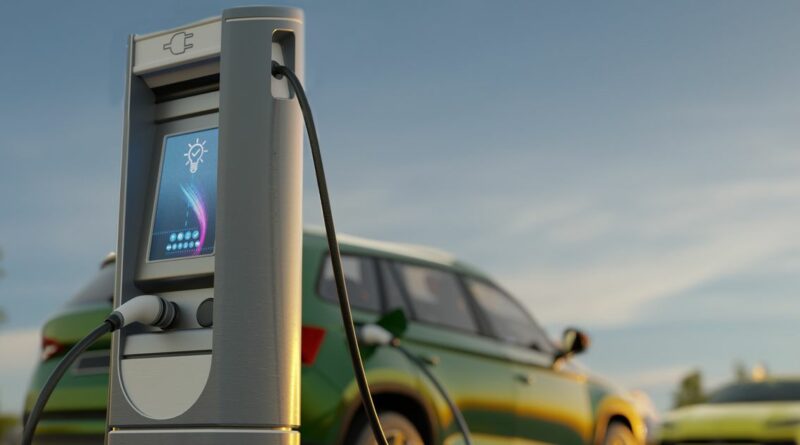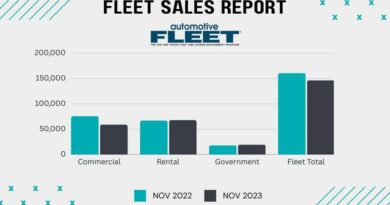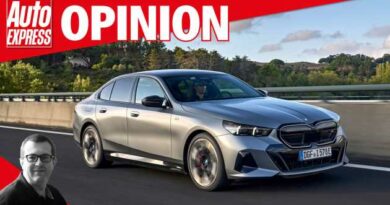New guide has been published – to debunk common electric vehicle myths
A new guide has been published addressing some of the top myths about electric vehicles – including that the battery needs to be replaced every two years.
EVs breaking down more than other cars, or being at a higher risk of catching fire, are other common misconceptions about these battery-powered cars.
And not being able to charge electric cars in the rain, as well as the electricity grid being unprepared to handle an increase in electric cars, rounded out the top five mistaken beliefs.
Over a third (35%), of the 2,000 drivers polled, admitted they were not sure how long an electric vehicle can drive for on one charge – with 11% believing it would only last a couple of hours. But four in 10 would be more likely to make the switch if there were more charging stations or ports available.
The research was commissioned by heycar, which has published an EV guide to debunk these top myths. Senior editor, Phil Hall, said: “There’s still a huge amount of inaccurate information floating around about EV ownership, and concerns around reliability are a prime example.
“Most manufacturers provide a minimum eight-year, 100,000-mile, warranty on batteries – that’s longer than most combustion engine warranties.
“And compared to a petrol or diesel engine, there’s significantly fewer moving parts on an EV – meaning there’s much less chance of something breaking, or needing to be replaced.”
It also emerged 55% are relieved at the recent petrol ban delay, as they don’t think they could afford an electric car any time soon.
But there is uncertainty around running costs, with half believing that they are more expensive to run – when, in reality, there could be savings to be made.
The heycar spokesman said: “It’s understandable that the cost of transitioning to an EV is a big concern right now, but there are some great options on nearly-new EVs – and you could even end up paying less for one, compared to a petrol or diesel equivalent.
“It’s not just the upfront cost of ownership where you could save money, either – as, depending on how many miles you cover each year, your running costs could easily be more than half of what they are right now.”
Meanwhile, three in 10 believe electric cars have a negative reputation in the eyes of the public – with social media (34%), and the pub (17%), among the top places where people think EV myths are spread the most.
However, three-quarters (74%) admit their knowledge of EVs is shaky – with 42% claiming to know more about interest rates, while 31% feel they have better knowledge about mortgages. Politics (38%) and taxes (30%) were also topics people feel more confident about.
As such, almost seven in 10 (69%) reckon the government could do more to offer grants for drivers to make the switch to an electric car.
And of those who took part in the study, carried out by OnePoll.com, 16% believe EV myths are spread more at Christmas compared to any other time of the year, due to people socialising more.
The spokesman for heycar added: “We’ve all come across people on social media, or at the pub, who tend to share misconceptions about topics they're not actually that familiar with, or qualified to talk about. That’s why we’re starting out on a myth-busting mission, to be a source of fact amongst the EV fiction.”
THE TOP FIVE ELECTRIC VEHICLE MISCONCEPTIONS, DEBUNKED:
- The battery needs changing every two years: Most manufacturers provide a minimum eight year/100,000 mile warranty on batteries, which is longer than most combustion engine warranties.
- The electricity grid won't be able to handle the increase in EVs: According to the National Grid, this won’t be a problem.
- EVs are at higher risk of catching fire: Recent studies have shown EVs are actually less likely to catch fire than petrol cars.
- EVs break down more than normal cars: As they have fewer moving parts, EVs have actually been shown to break down less than petrol/diesel cars.
- You can't charge EVs in the rain: They’ve been designed so that this isn’t a problem – simply follow the manufacturer’s instructions.
Source: Read Full Article




